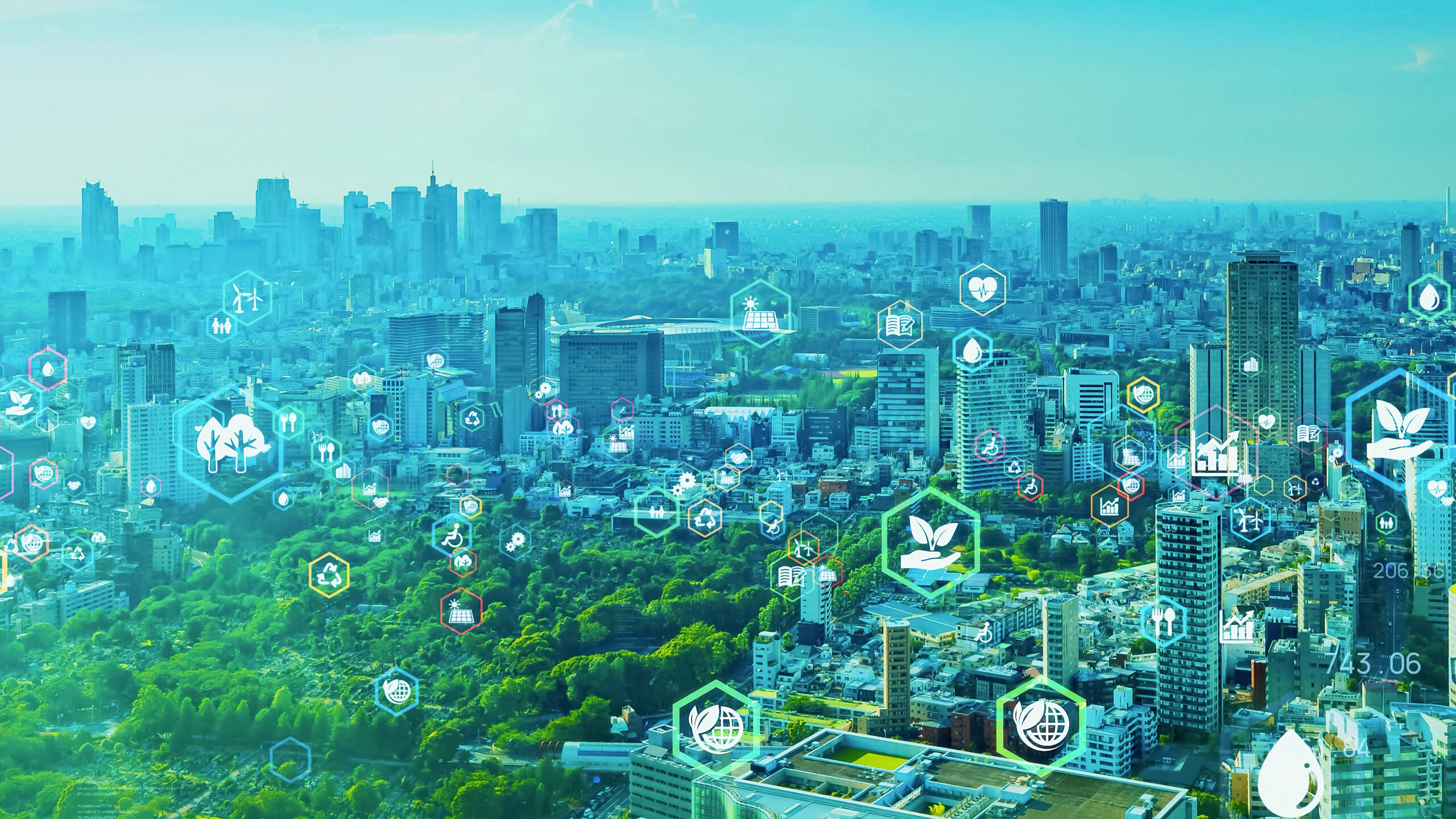Managing Risks that Come with Green Construction Contracts
May 24, 2024
Contracts for green construction have distinct challenges. Learn the ins and outs of this emerging field and how you can craft your contracts effectively.
Contracts for green construction have distinct challenges. Learn the ins and outs of this emerging field and how you can craft your contracts effectively.

As energy costs continue to climb and building standards are becoming more environmentally rigorous, building practices, or “green” building principles are more common. However, while moving towards eco-friendly construction presents lots of opportunities, it can harbor potential financial pitfalls.
Building green can negatively affect profit margins if owners are not fully aware and prepared for the additional contract exposures that come with these practices. Construction professionals need to have a comprehensive understanding of the risks involved when managing green construction contracts.
The Environmental Protection Agency defines green building as the approach to creating structures and employing environmentally responsible processes. This concept emphasizes efficiency in resources used throughout a building’s life cycle, from sitting to design, construction, operation, maintenance, renovation and deconstruction.
Green building structures meet specific objectives that protect the occupant’s health, are more energy-efficient, use resources more effectively and provide business tax incentives.
The U.S. Green Building Council created the Leadership in Energy and Environmental Design program (LEED) to uphold green building standards. The program outlines standards for using natural resources or recycled materials when building.
The LEED system evaluates projects based on design, construction and operation. It serves as the voluntary national standard for sustainable buildings. The system utilizes a checklist and point system of recommended practices. The building can reach certified, silver, gold or platinum status by achieving various point levels. These practices involve such issues as efficient water and energy use, reuse of waste materials, and the use of renewable and regionally produced products. The LEED certification standards are rigorous. A simple misstep, such as not following a project’s material recycling plan, can put a project’s certification in jeopardy.
From managing delays to guaranteeing certification, the following are some common contract considerations and ways to minimize liability risks.
Green construction promotes operation cost reduction, healthier environments for work and living and enhanced tax benefits. However, it’s important to limit warranties strictly to those outlined in the contract. Overstating the advantages provided may lead to accusations of fraud or false advertising.
Additionally, no single party is responsible for meeting a construction project’s certification goals. Certification is typically regulated by a third party over which you have no control. Therefore, never guarantee the level of certification on a project. Instead, state that the work will meet project specifications and accepted industry standards.
To mitigate the impact of unexpected delays, such as a shortage of green materials or a lack of skilled workers, consider revising the contract’s “force majeure clause.” The adjustment would reallocate the risk associated with these types of delays to the owner.
Also, you will want to clearly define “substantial completion” in the contract to ensure it is not linked to the project’s certification status. Certification may take up to a year after substantial project completion is reached. Therefore, it’s wise to amend the contract to prevent it from withholding payments based on certification status.
Many traditional construction contracts include mutual waivers of consequential damages. However, it is unclear if the courts consider lost tax incentives, decreased energy savings, decreased water bill savings, etc. as consequential damages. Explicitly incorporating sustainable construction damages in the consequential damages waiver clause could guarantee their exclusion, enhancing clarity and protection.
Green building initiatives frequently adopt innovative yet untested materials and technologies that could potentially result in maintenance challenges and performance shortcomings. It is crucial to clearly define in the contract responsibilities for maintenance or malfunction of a component, as well as the protocol if a manufacturer ceases operations. Additionally, make sure to incorporate a clause that guarantees your right to correct any alleged flaws in workmanship, materials, or equipment before the owner hires another contractor for repairs.
The process of taking a green building project from conception to use is complex. By understanding the risks associated with green construction contracts, construction professionals can successfully navigate the challenges of building eco-friendly structures while still maintaining profitable business operations.
For more information on working towards creating a sustainable environment through green construction practices, reach out to a trusted advisor at The Miller Group.